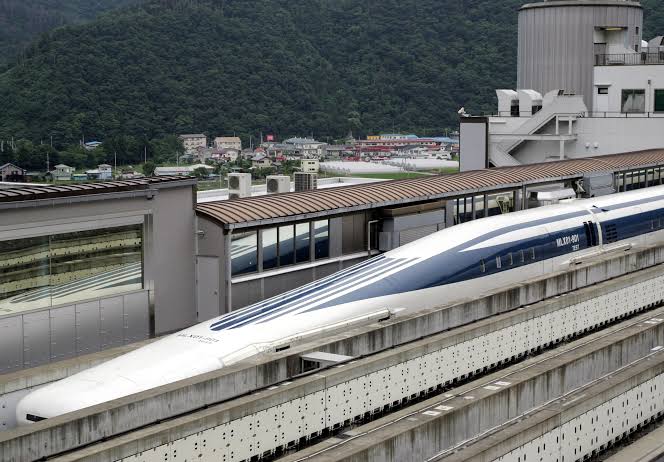Central Japan Railway Company (JR Central) is constructing a new train line that uses magnetic levitation, or “maglev,” technology to travel at incredibly fast speeds of up to 500 kilometers per hour. Instead of traditional rails, maglev trains float above the tracks using powerful magnets.
This new train line, called Linear Chuo Shinkansen, is set to open in 2027 and will connect Tokyo to Nagoya in just 40 minutes. This is much faster than Japan’s current bullet trains, which travel at speeds of up to 320 kilometers per hour. The construction of this high-speed maglev line will cost approximately $100 billion, with a significant portion of the track passing through mountains.
JR Central has been testing maglev trains near Mount Fuji since 1997. People can see these tests at the Yamanashi Prefectural Maglev Exhibition Center, where over 30,000 visitors have ridden test trains since 2014. During these tests, a maglev train achieved a record speed of 603 kilometers per hour in 2015.
Currently, Shanghai boasts the world’s fastest commercial maglev, reaching speeds of up to 431 kilometers per hour. In a test run in 2003, it even reached a remarkable top speed of 501 kilometers per hour.
Japan’s existing bullet trains operate on about 3,300 kilometers of track, connecting various regions from Hokkaido to Kyushu. The first section was opened just before the Tokyo Olympics in 1964, enabling travelers to reach Osaka from Tokyo in four hours.


